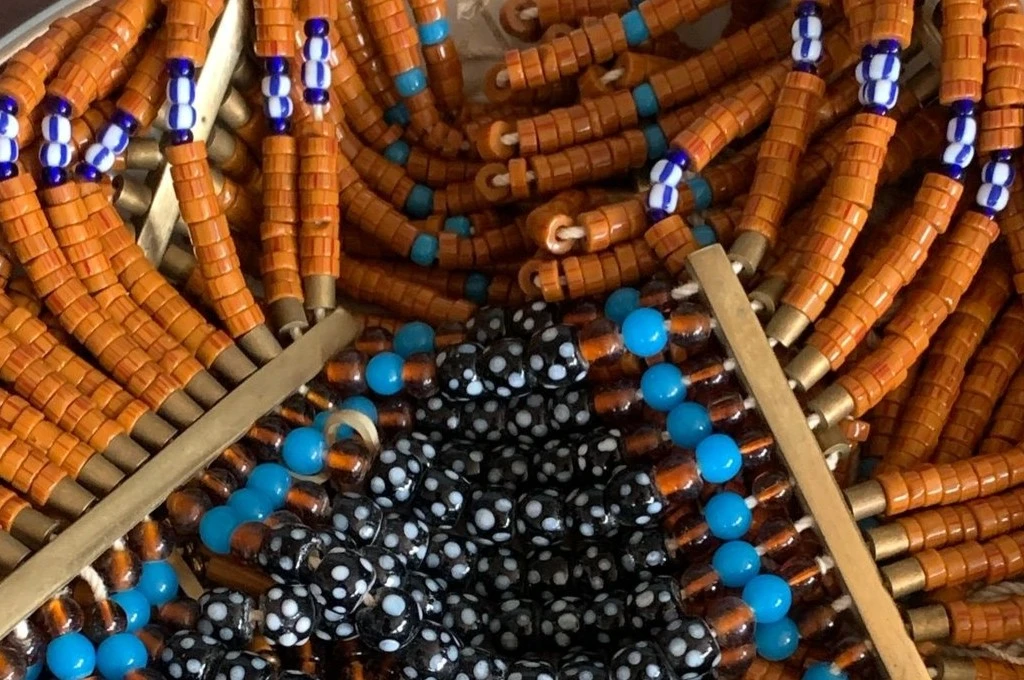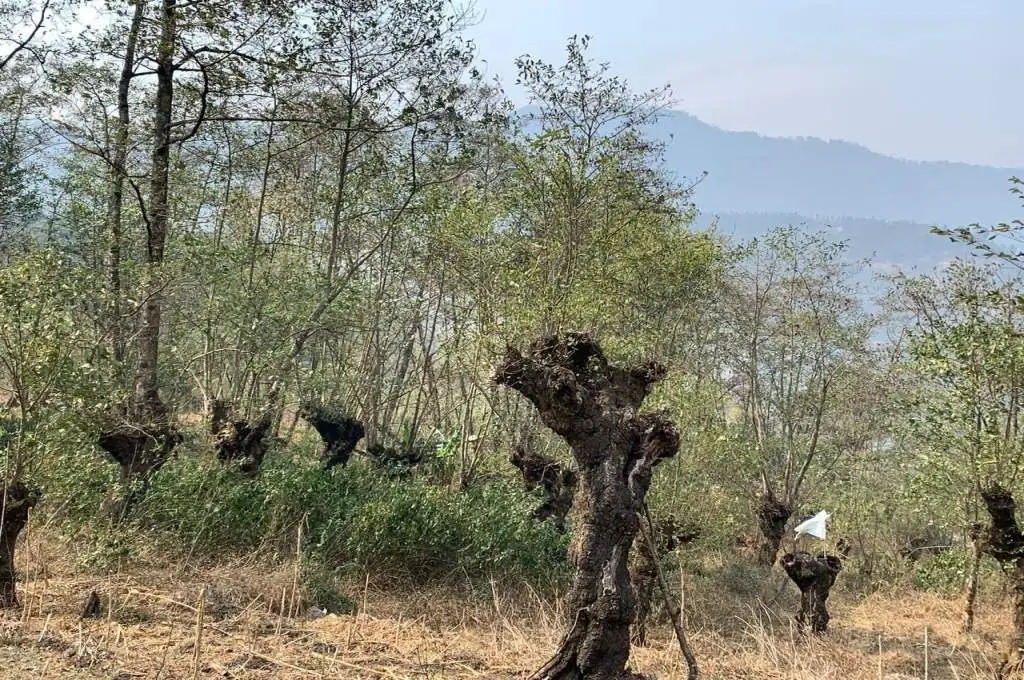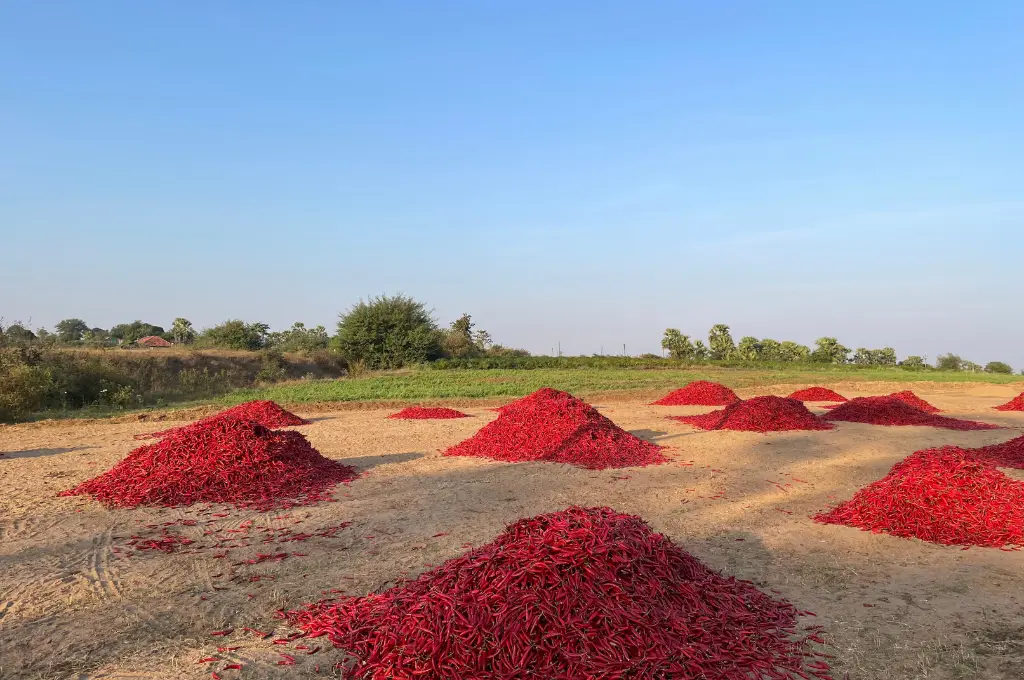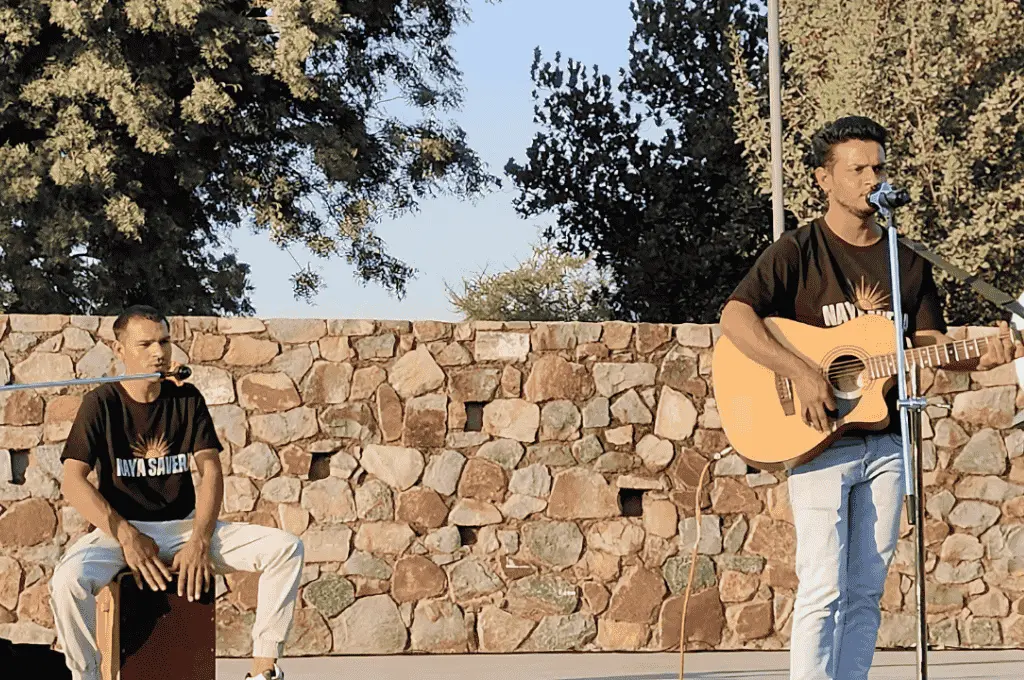A Konyak princess keeps traditional Naga jewellery alive

I am a jewellery designer and member of the royal family from the Konyak tribe in Nagaland’s Jaboka village. My interest in beadwork developed naturally, influenced by the women in my family. In the past, beadwork and weaving were solely done by the queens of my village. My grandmother and mother, both queens, carried on this tradition.
Queens and princesses from the Konyak tribe in certain villages would spend their time weaving garments, making stoles, and producing intricate necklaces. Growing up, I watched them at work, and since I wasn’t particularly interested in studies, I gradually became involved and developed a passion for the craft.
Unlike the other womenfolk of the village, we rarely went to the fields unless it was for a communal activity, such as the clearing of forests. On such occasions, we would serve yu (local rice beer) and kuwai (areca nut) with leaves and lime to the villagers and sometimes even hand out money. The items we made were sold within the village; people either paid in cash or through labour.
I started beadmaking in 1980–81 when I was nine or 10 years old. Although I never intended to turn it into a business, I began studying the intricate patterns and colours of the beads, which led me to start making my own designs. Our house was always bustling with people, and they would enquire about the things I had made. They wanted to buy from me; orders started coming in, and this passion eventually turned into a business.
I still sell the products from our home. Additionally, I take part in exhibitions and sell through e-commerce platforms with the help of government departments and nonprofits such as YouthNet. However, nowadays, I also receive numerous orders on Instagram. Many of these orders are placed by fellow Konyaks and members of other tribes in Nagaland. But people from other states, such as the Wancho tribe of Arunachal Pradesh, also buy from me, because their cultural attire closely resembles ours.
Several tribes are involved in beadmaking, but what sets our work apart is the complexity of our designs. Our beads feature multiple colours and motifs. According to Konyak culture, they are based on social hierarchy: the queen creates a particular design, wangnu (wives other than the queen taken by the king) have their own patterns, and commoners have separate styles.
As a princess, I will keep this tradition of beadwork alive, but my daughters will not be able to create the designs made by queens and princesses since my husband is not a king.
Cenam Wangcha is an artist and jewellery designer from Jaboka village, Nagaland.
As told to Keletsino Mejura, IDR Northeast Fellow 2024–25.
—
Know more: Learn about the entrepreneurial journey of a former pastor in Nagaland’s Phek district.



